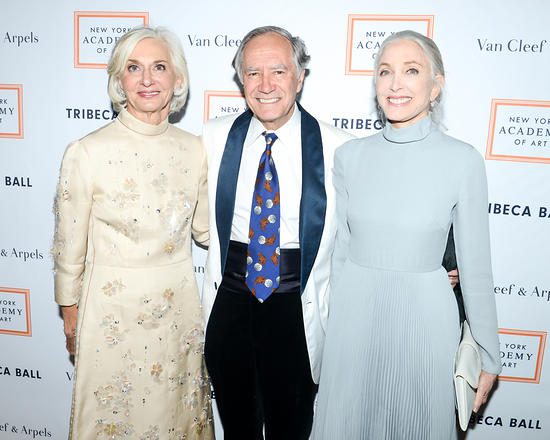
The art world can feel like a maze – glossy fairs, hushed galleries, and the constant hum of speculation. Barbara Guggenheim has been the trusted guide for collectors navigating this high-stakes terrain for decades. She’s unearthed hidden masterpieces, built collections that rival museum exhibits, and witnessed the shifts that make or break trends. With her candid charm and razor-sharp expertise, Barbara Guggenheim transforms the complex into the approachable. Now she dives into her remarkable career, her best advice for new collectors, and why sometimes, a little psychic income is the biggest win of all.
hube: You’ve seen the art world from so many angles throughout your career. What’s a piece of advice you’ve given to a client that has stuck with you over the years – something that you think really encapsulates your approach to art collecting?
Barbara Guggenheim: Too many people get into collecting because they think it’s a get-rich-quick scheme. They believe that if they buy from a popular dealer or follow what other collectors are buying, then whatever they purchase will multiply in value. I suggest clients think of collecting as a long-term endeavour. There’s a steep learning curve, and in the beginning, most buyers don’t even know what they like.
The bottom line is that working with a reliable art advisor shortens the learning curve and provides access to pieces they might not ordinarily encounter. Conducting due diligence, such as establishing authenticity, ascertaining the condition of the work, and determining the right price to pay, is complex. Without a reliable art advisor, a buyer can easily make costly mistakes.
h: Art can be so personal, but the market side of things can’t be ignored. How do you help clients find that sweet spot where their personal taste meets smart investment? Do you have any examples where that balance played out perfectly?
BG: People used to buy because they loved the work. Then, as prices rose, they bought for love but wanted assurance that the work was a safe investment. Now, they come looking for a great investment, and love plays less of a role. People may start with a budget, but they soon gain confidence in knowing that buying art isn’t spending money; it’s just investing. People come to me with a budget but often wind up spending more. Going for the burn and buying the best works you can afford is a great way to invest – as the best works are always the rarest.
Years ago, a man who was a management consultant came to me to help him start a collection. The process was important to him, so I hit on the idea of collecting sculptors’ drawings that they made for sculptures. His collection wound up travelling to a number of museums, with a great catalogue, and then, as the collector made more money, we began buying the sculptures that related to the drawings. The work meant a lot to him, and he got a big bang for his buck!

